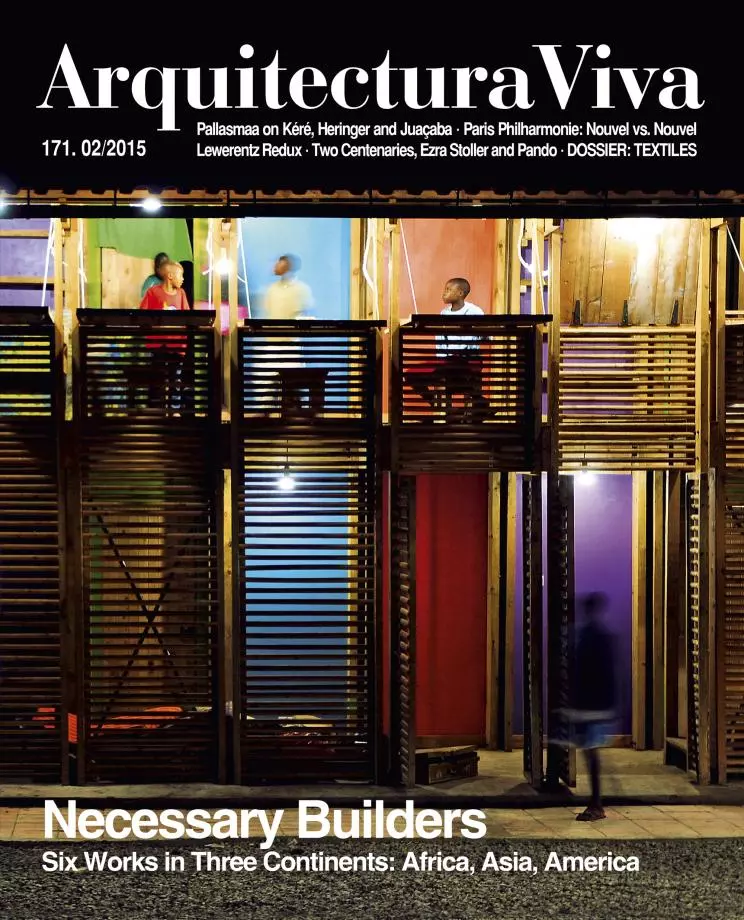
The curator describes it as “a small exhibition dedicated to a great figure.” Opened in December and on view until 3 May this year, the Lina Bo Bardi show at the Museum of 21st-Century Art (MAXXI) in Rome looks at work carried out by the young Achillina di Enrico Bo from 1939, when she finished her studies, to 1946, the year she moved to Brazil, wrapping up the series of tributes rendered to the master in 2014, the centenary of her birth, from the publication of the monograph under the direction of Zeuler R. Lima to the exhibition curated by Andres Lepik at the architecture museum of the Technical University of Munich (see Arquitectura Viva, 167 y 168).
The contribution of this new one in Rome lies in its focus on the period when Lina was not yet the Brazilian ‘Lina’ destined to forge a povera modernity strongly anchored in local culture, but a talented young woman who, prior to the void that World War II would entail for Italian architecture, had trained in Milan with the traditionalist Giovannoni and the fascist Piacentini, yet managed in those difficult years – always in the company of her partner, Carlo Pagani (who brought her into the Milanese circle of Gio Ponti and Giorgio de Chirico) – to form a language of her own, recognizable in her extraordinary drawings, and a critical stance, which she defended through intense collaboration with magazines like Domus, Lo Stile, and A. All this was the seed of the Lina who, disenchanted with Italy of the postwar, would find in Brazil “an unimaginable country… the place where everything was possible.”





